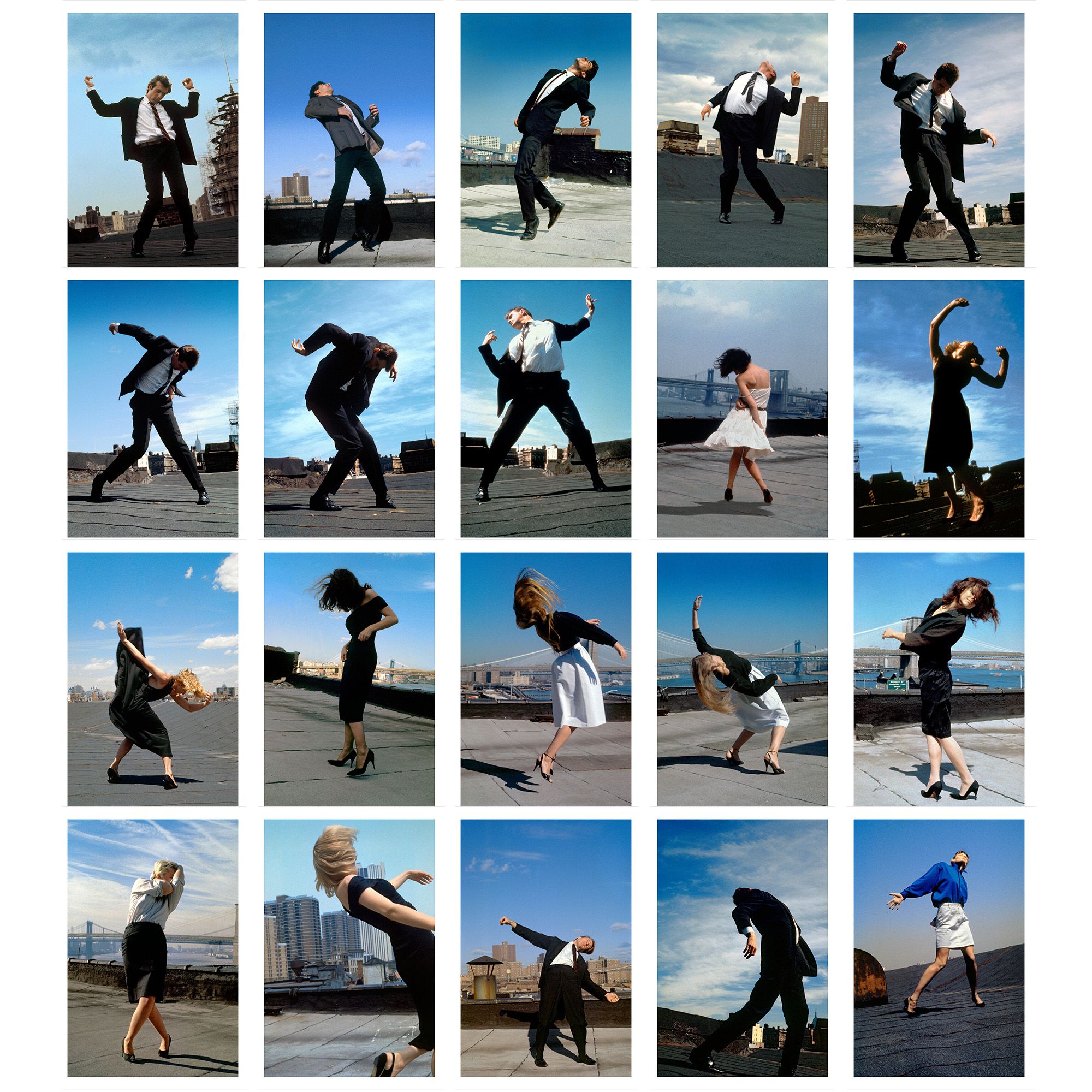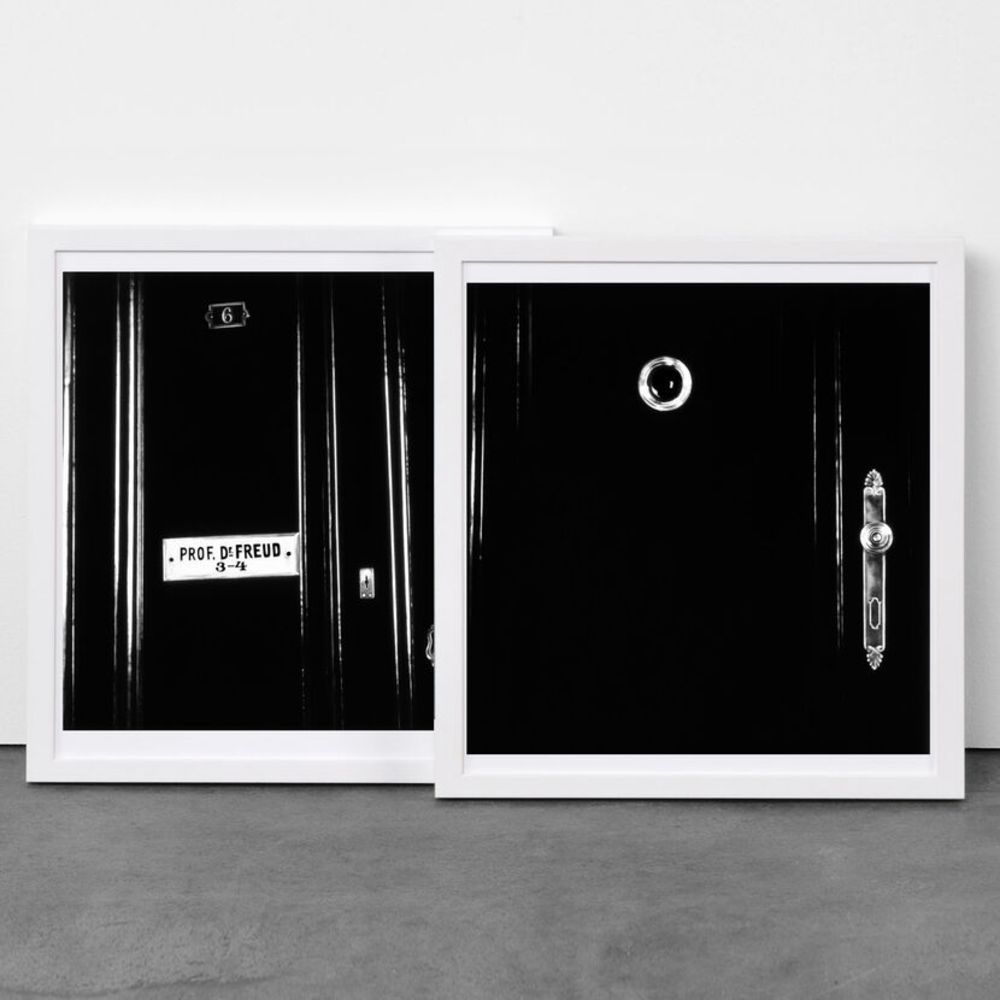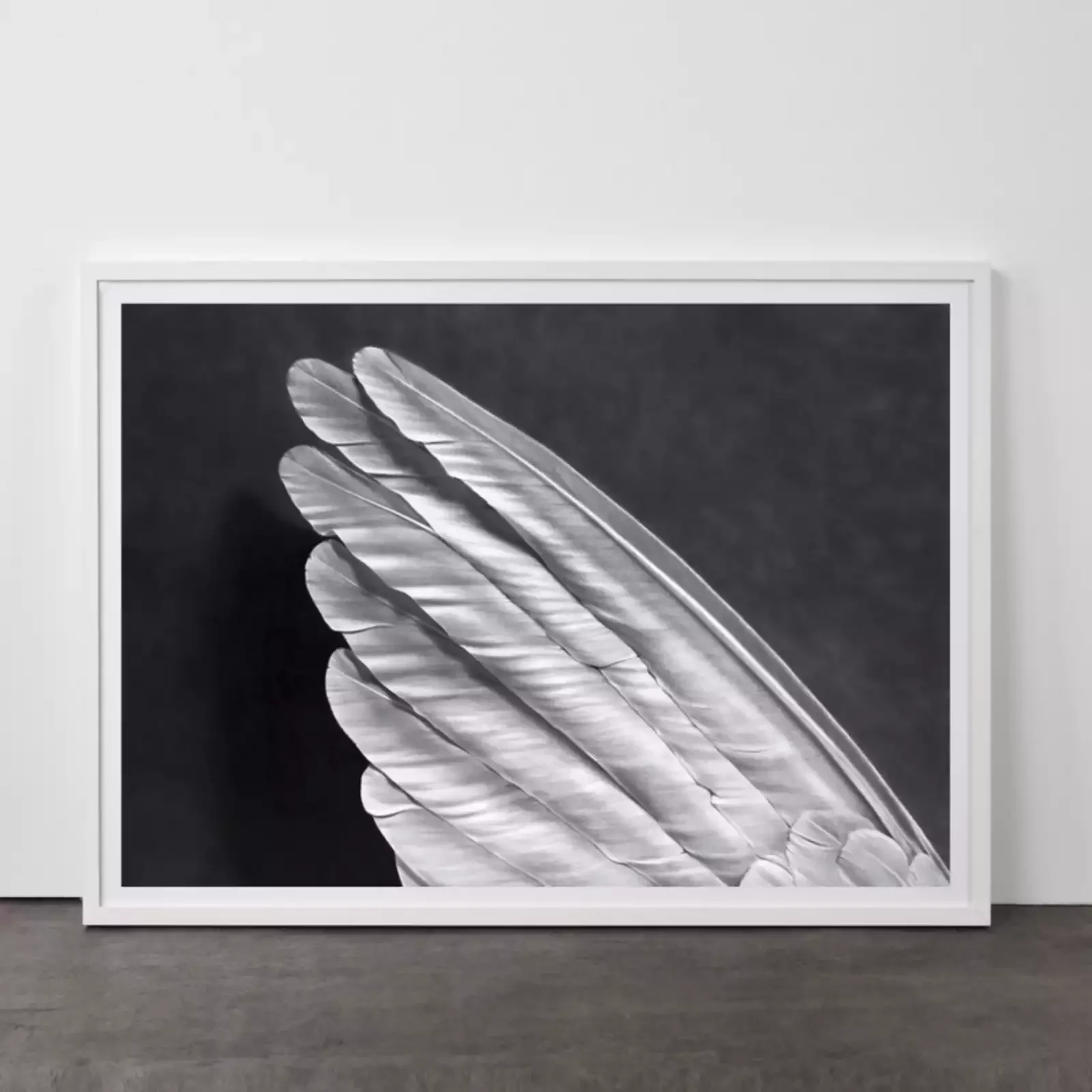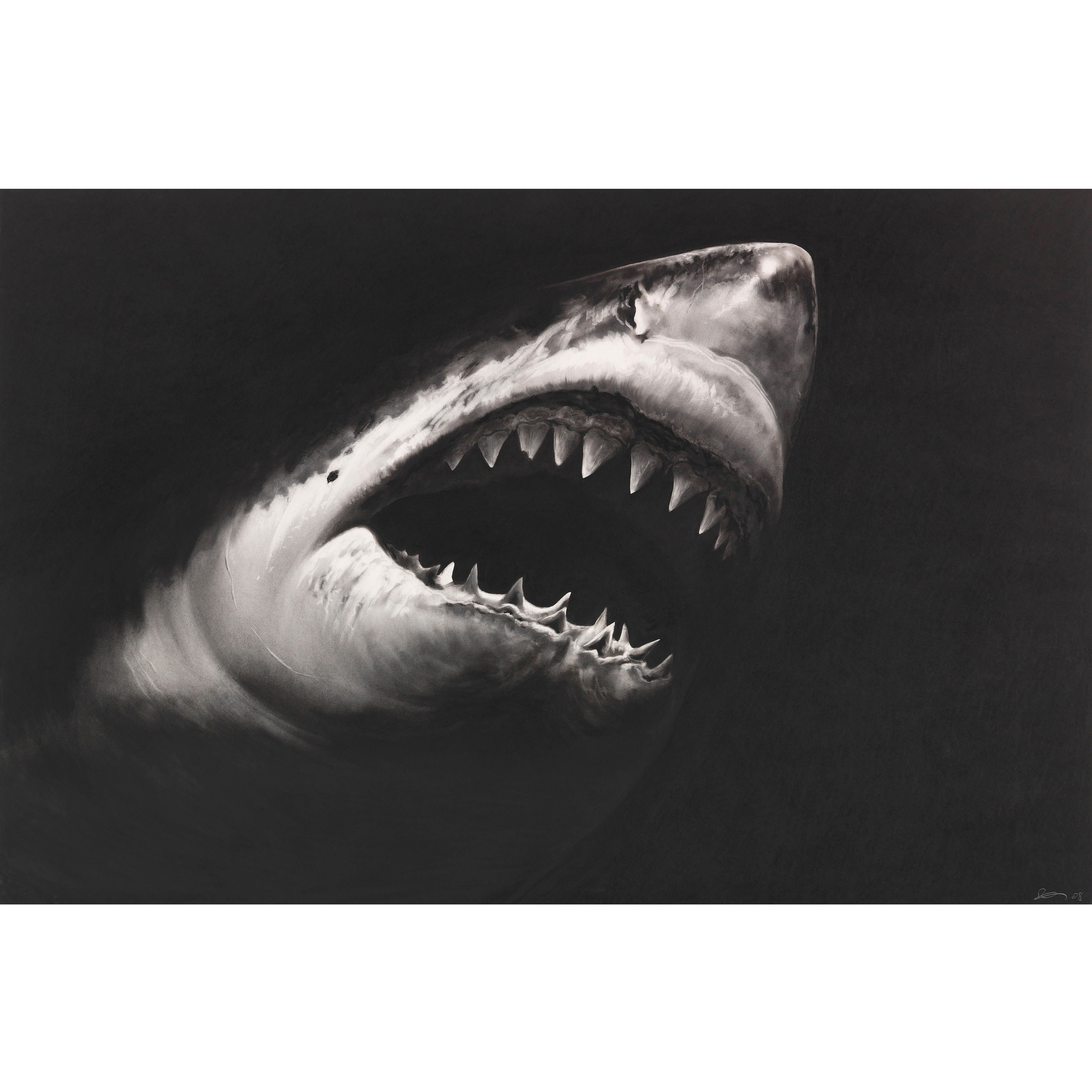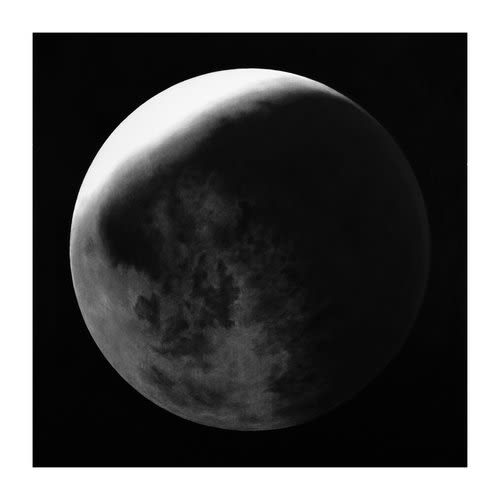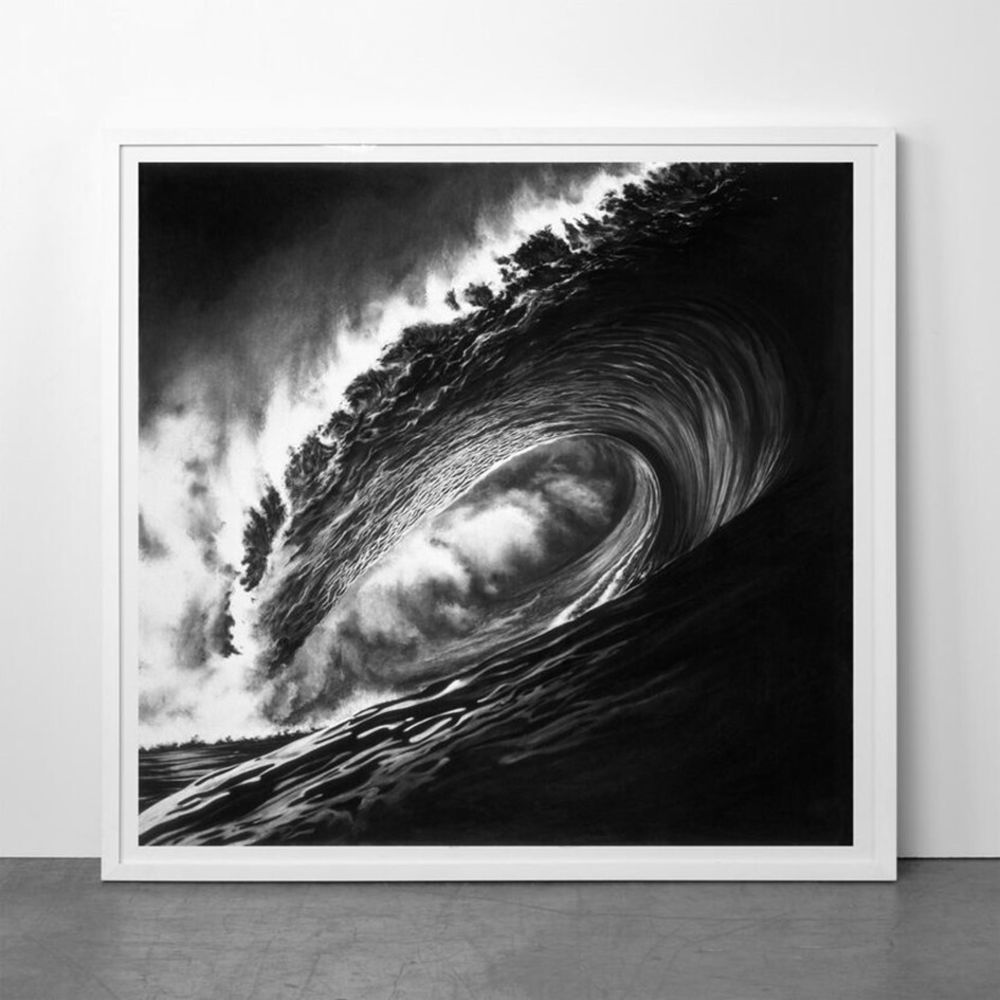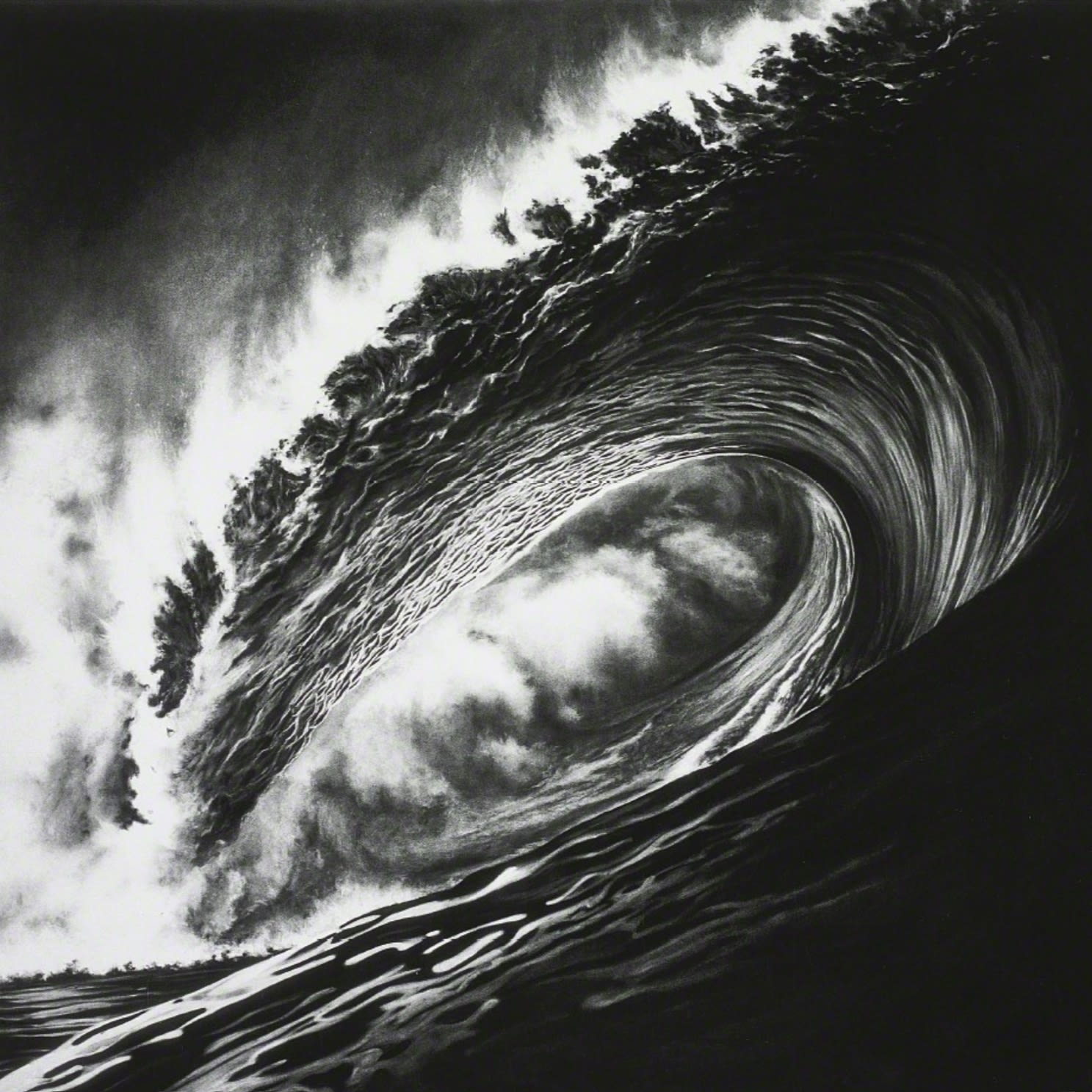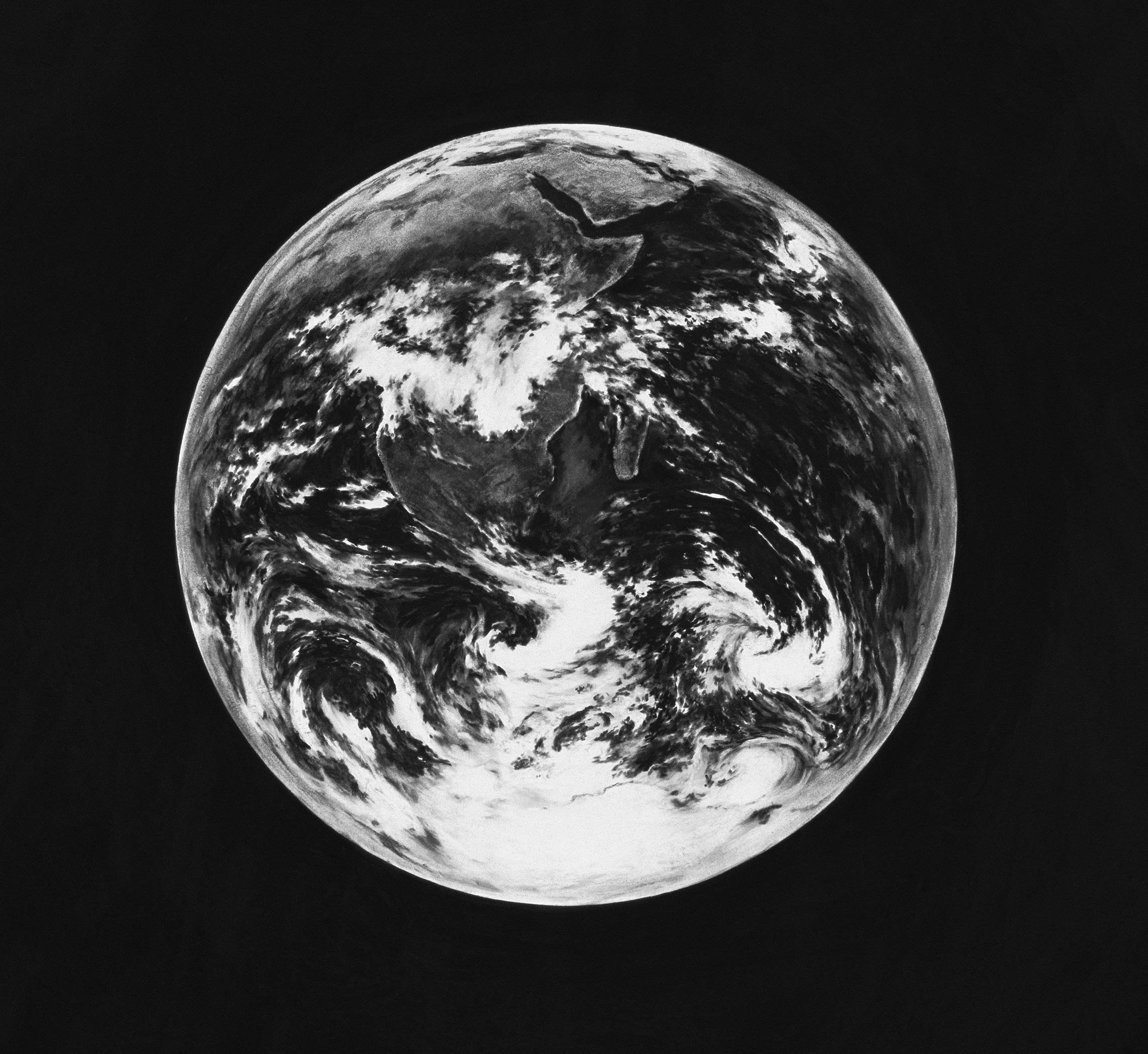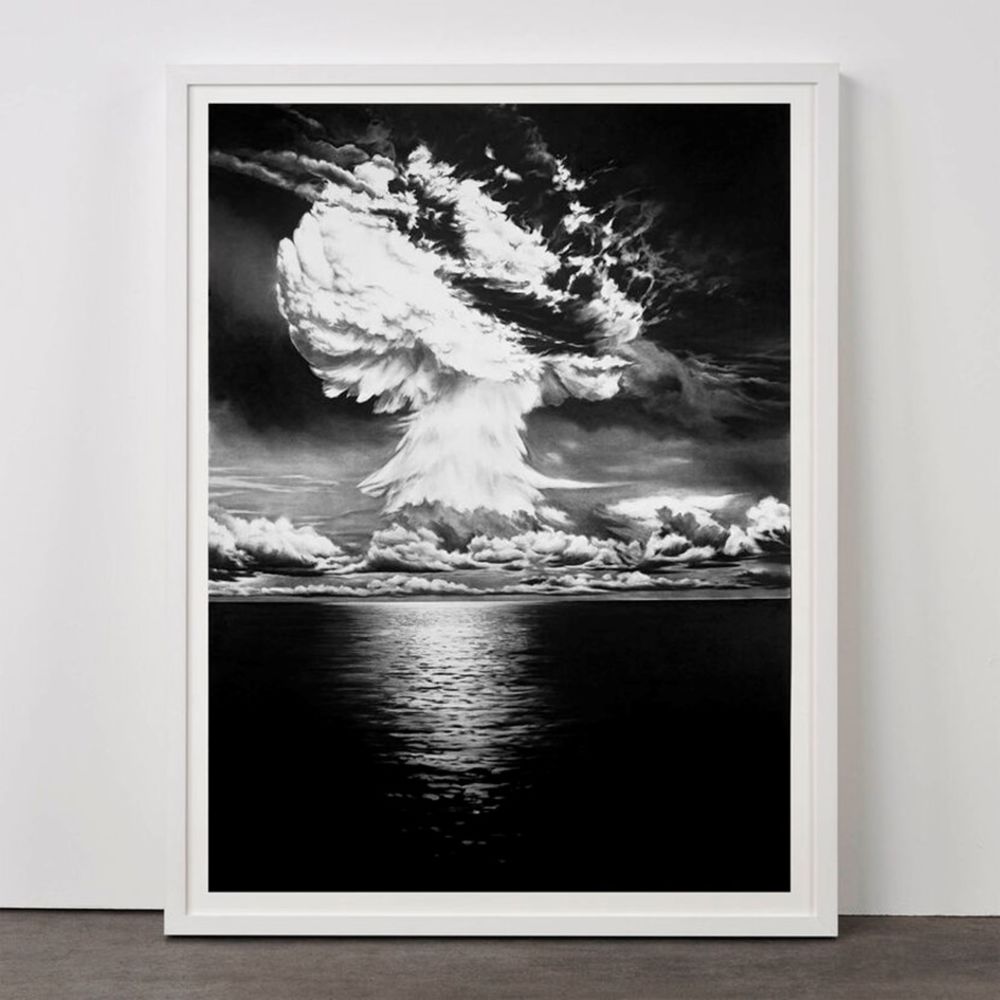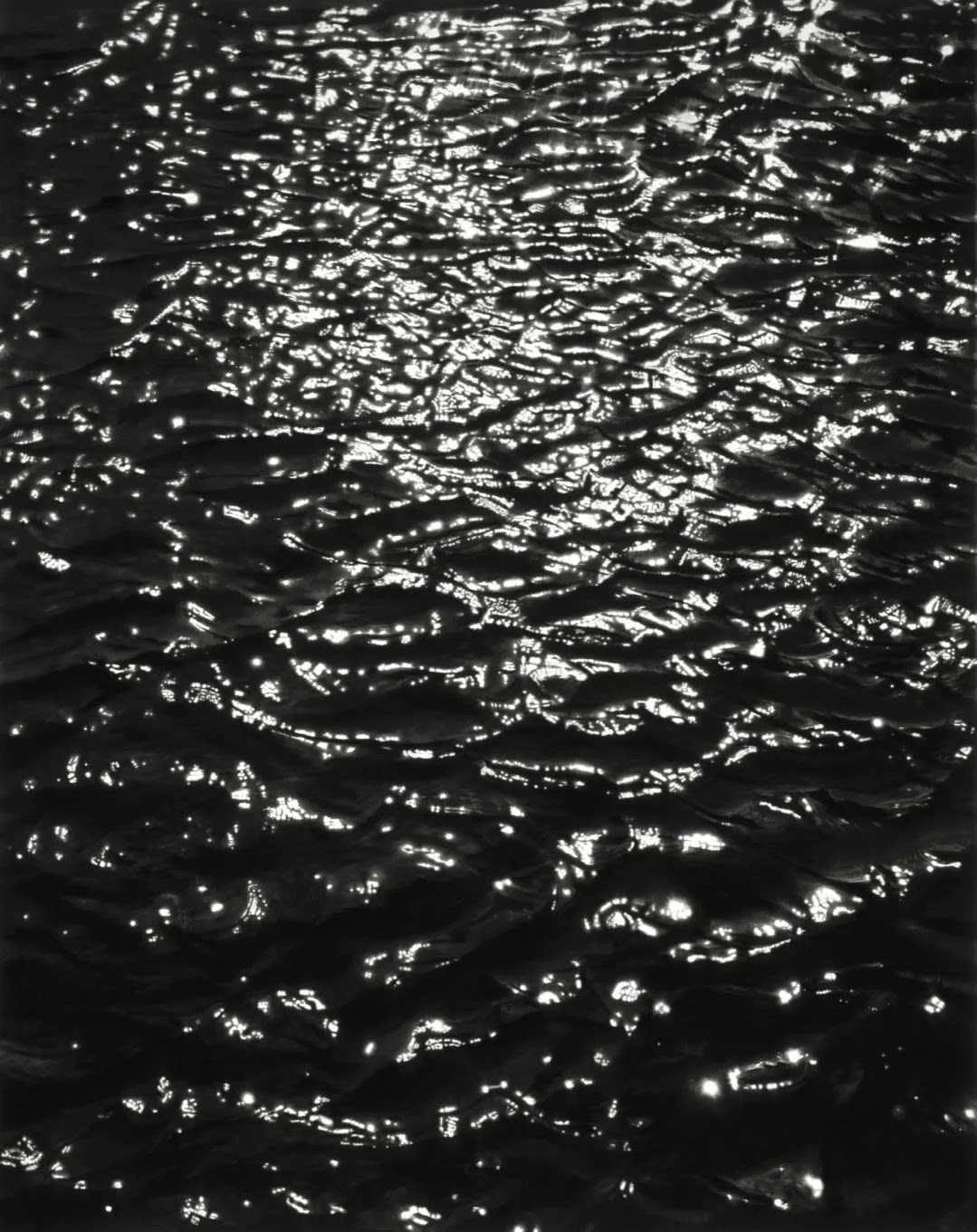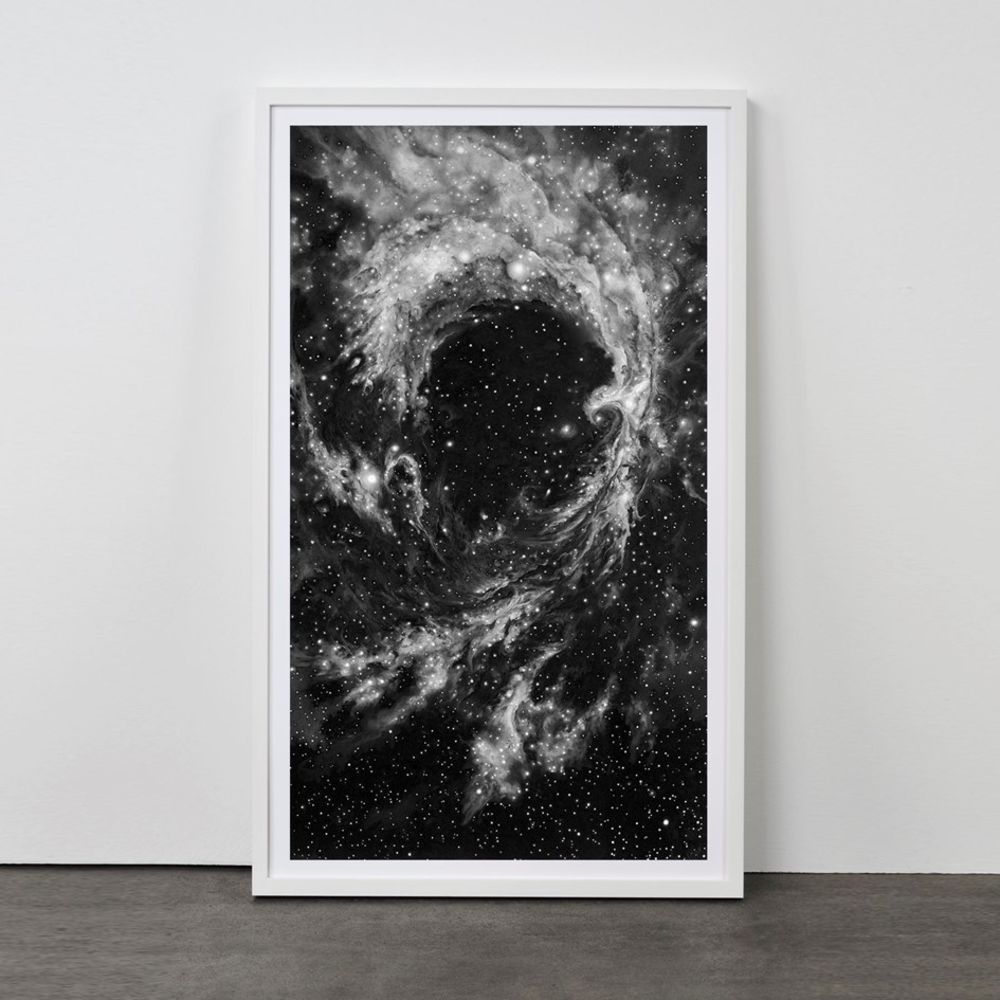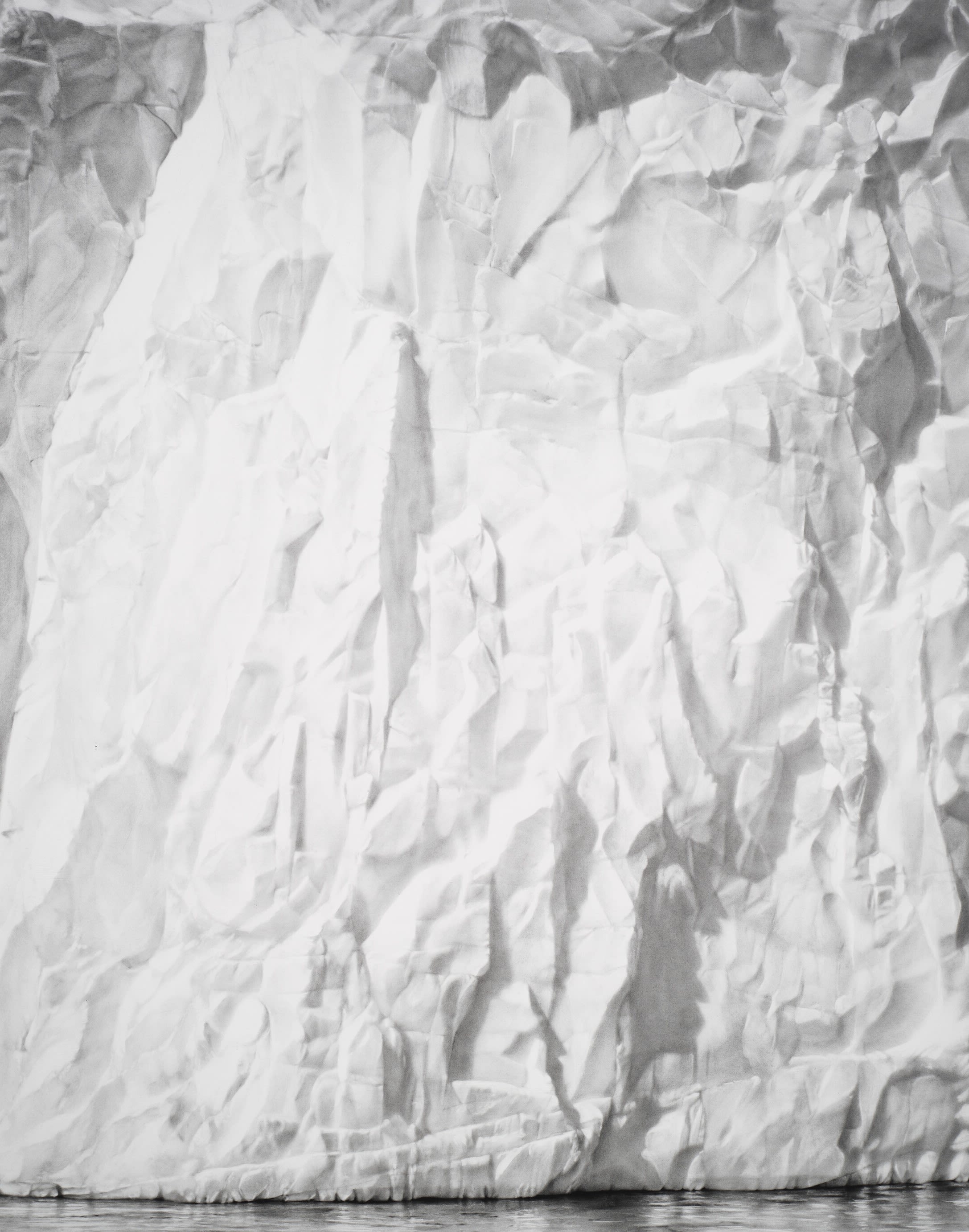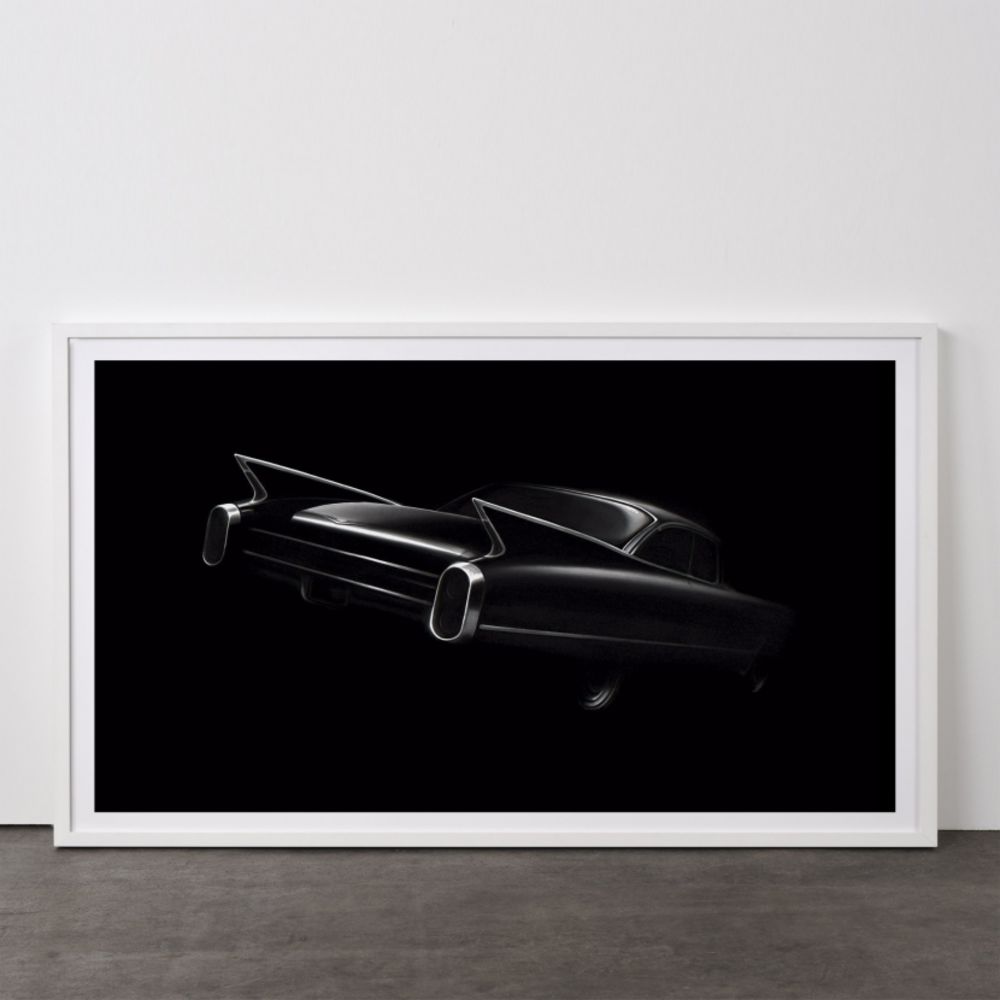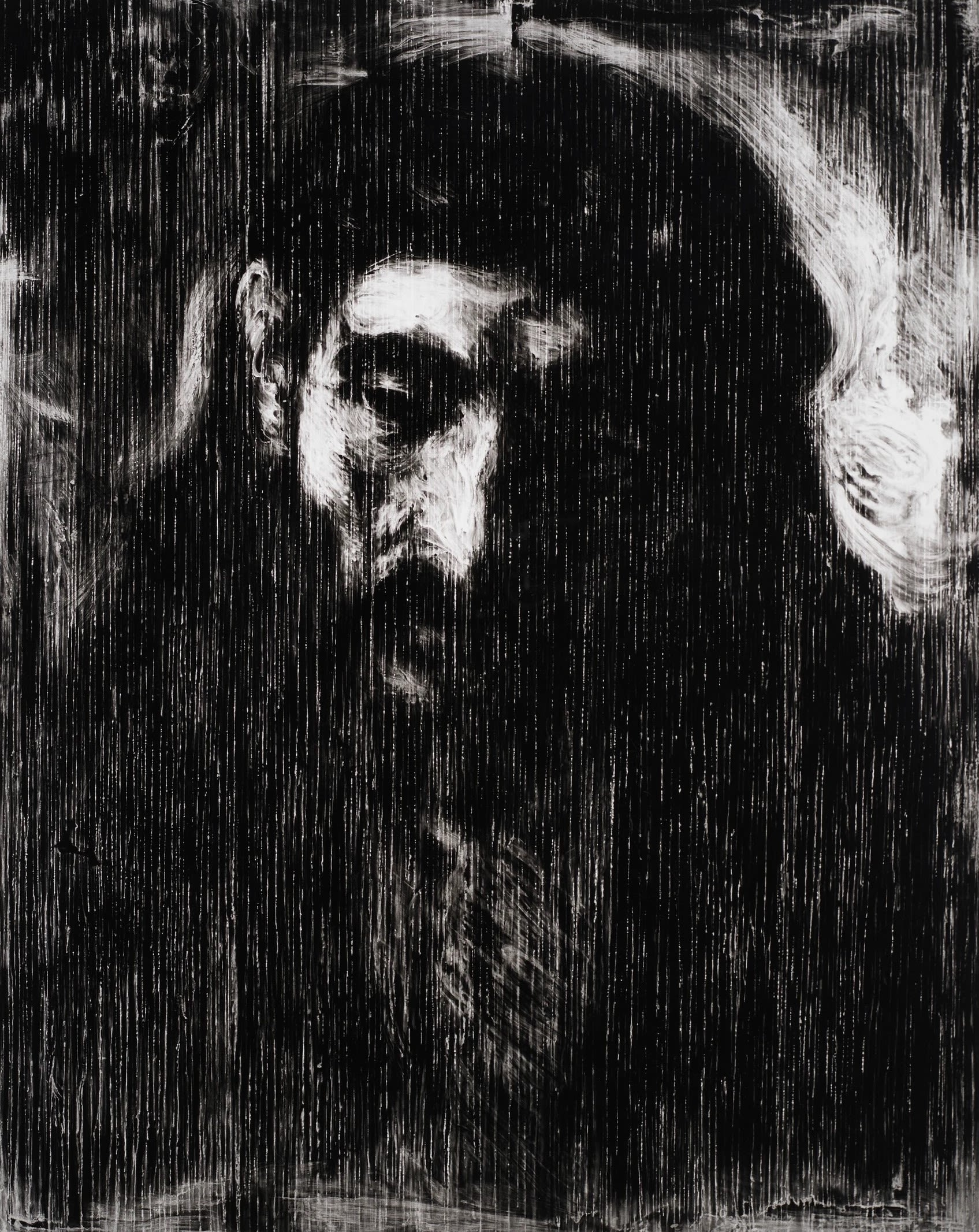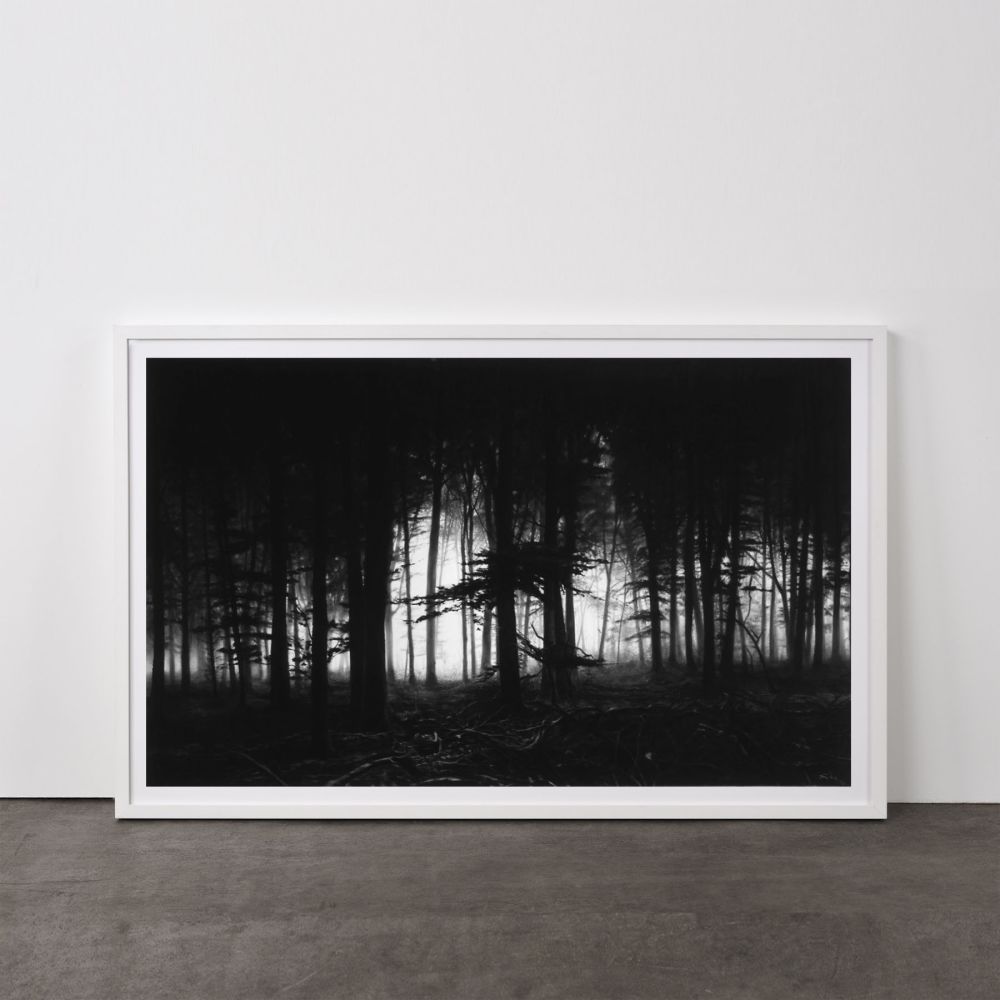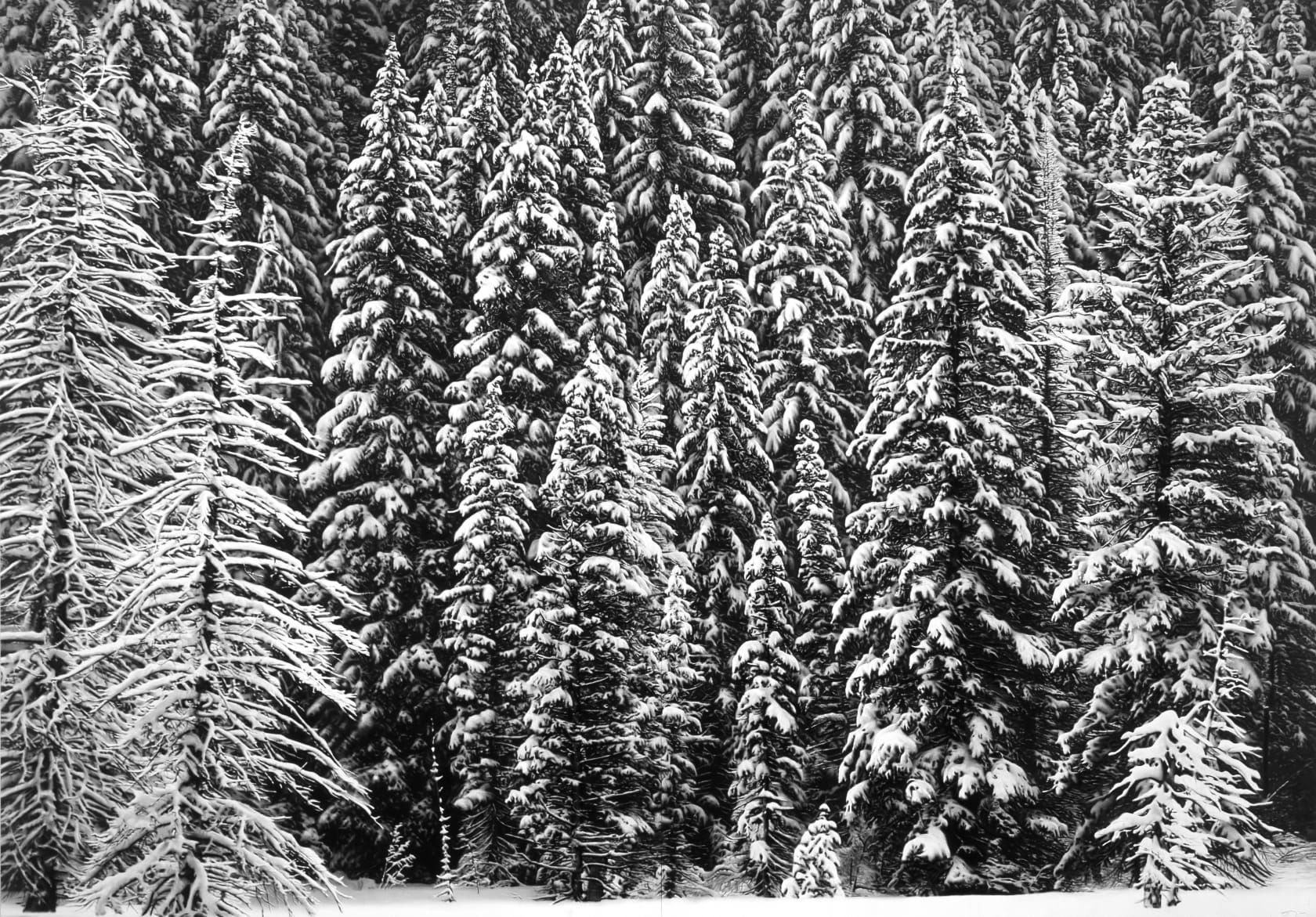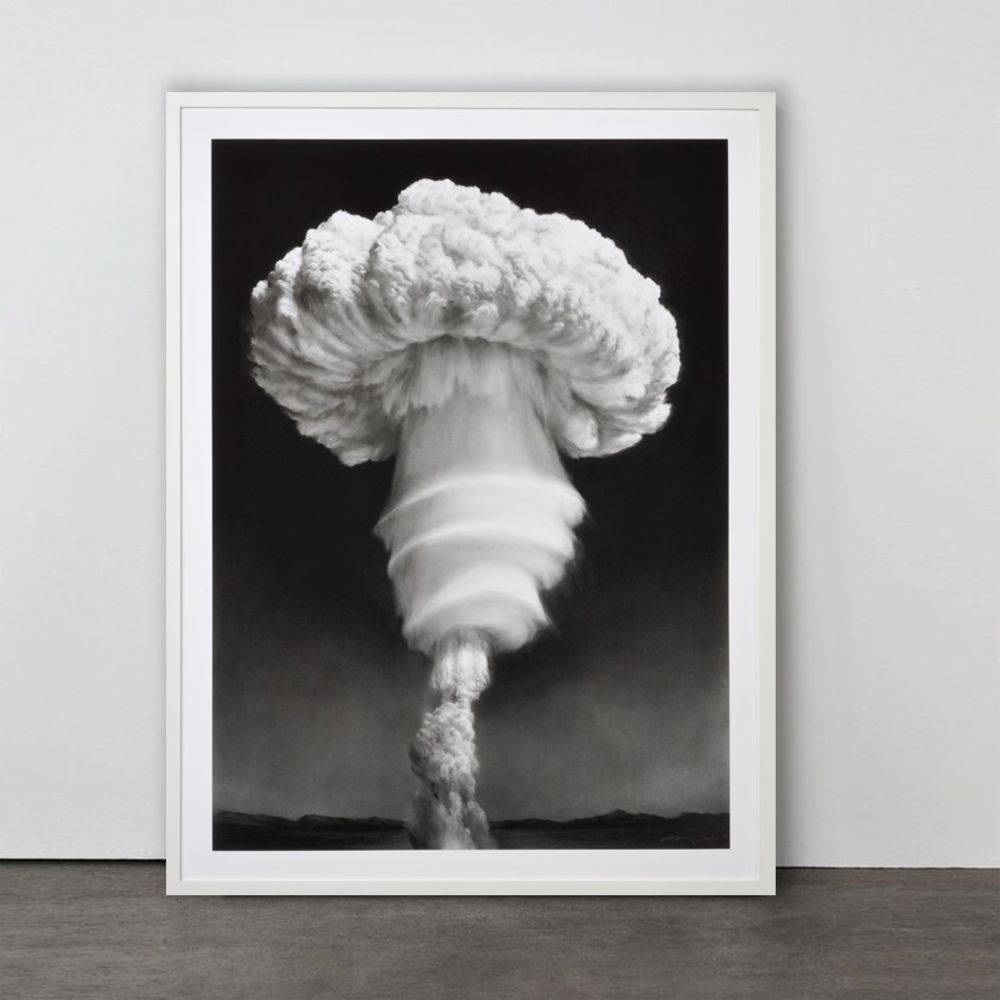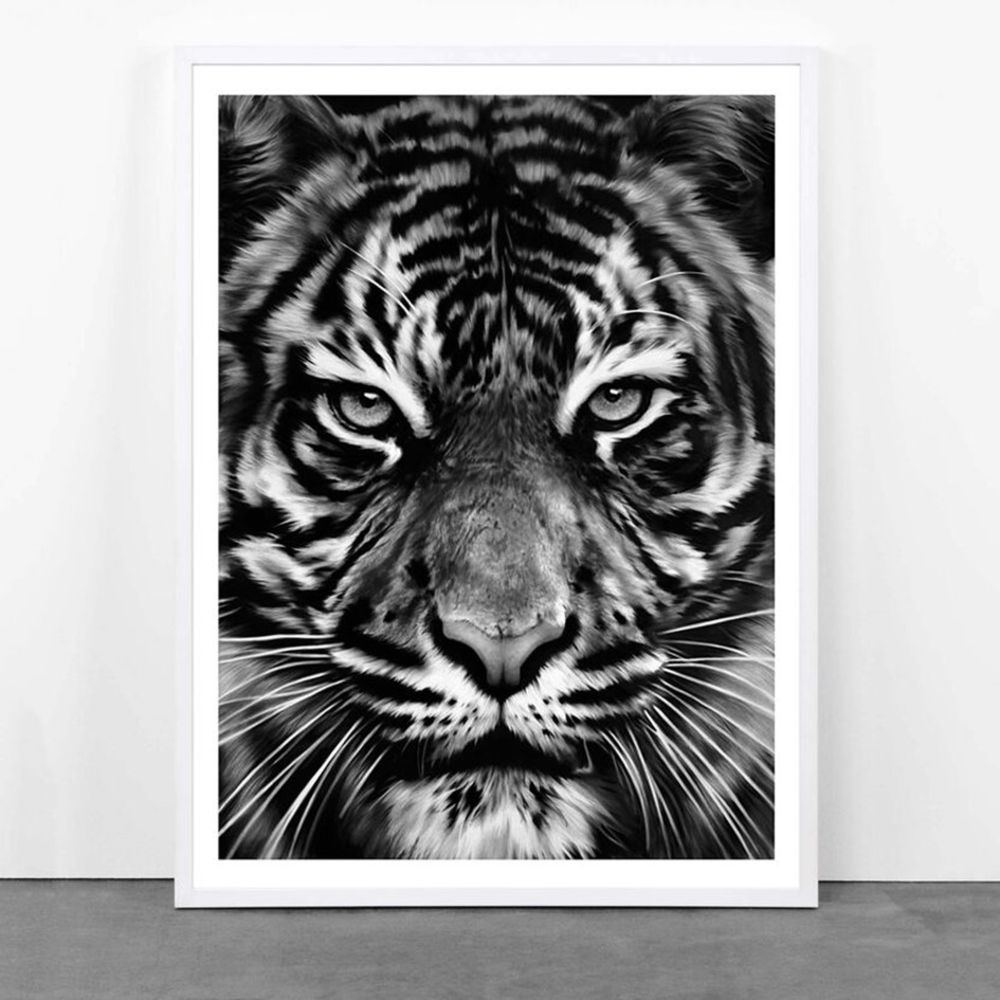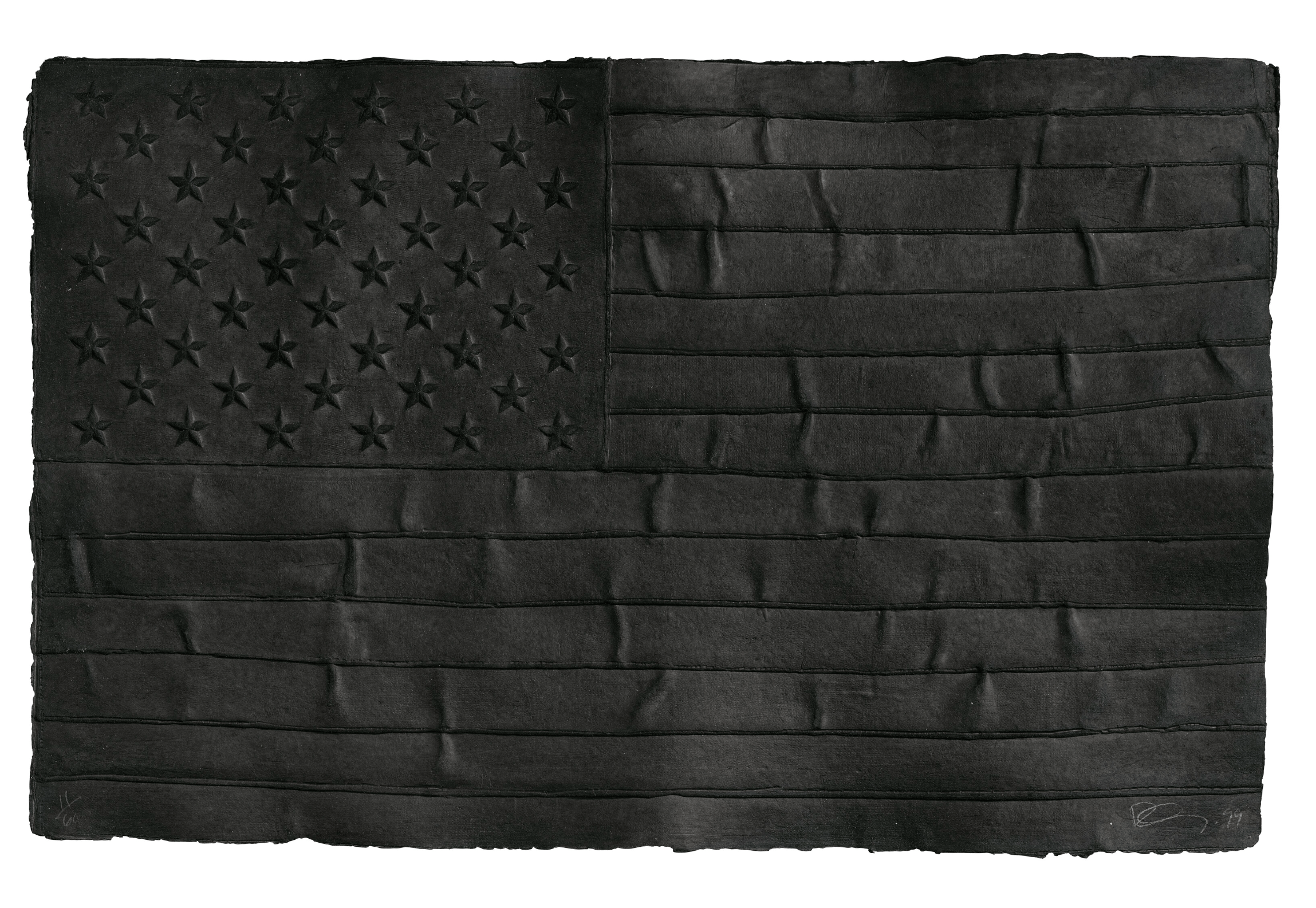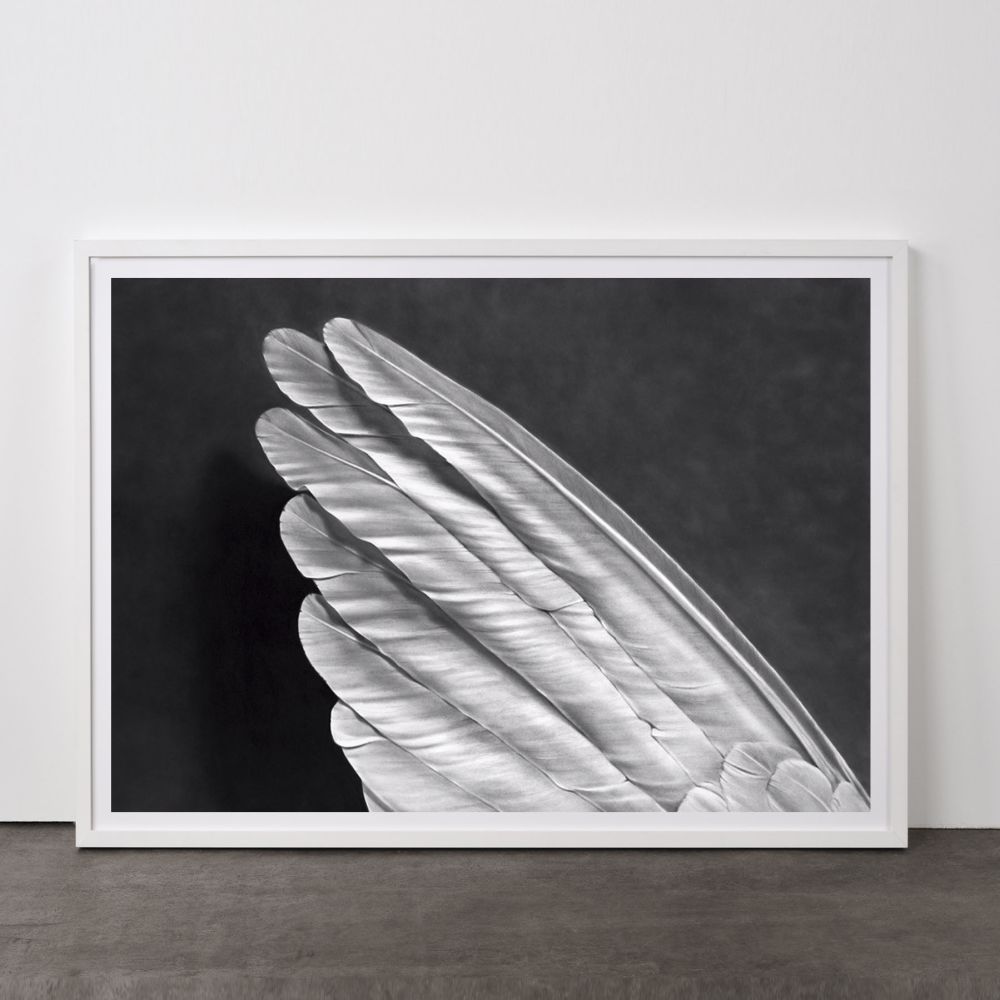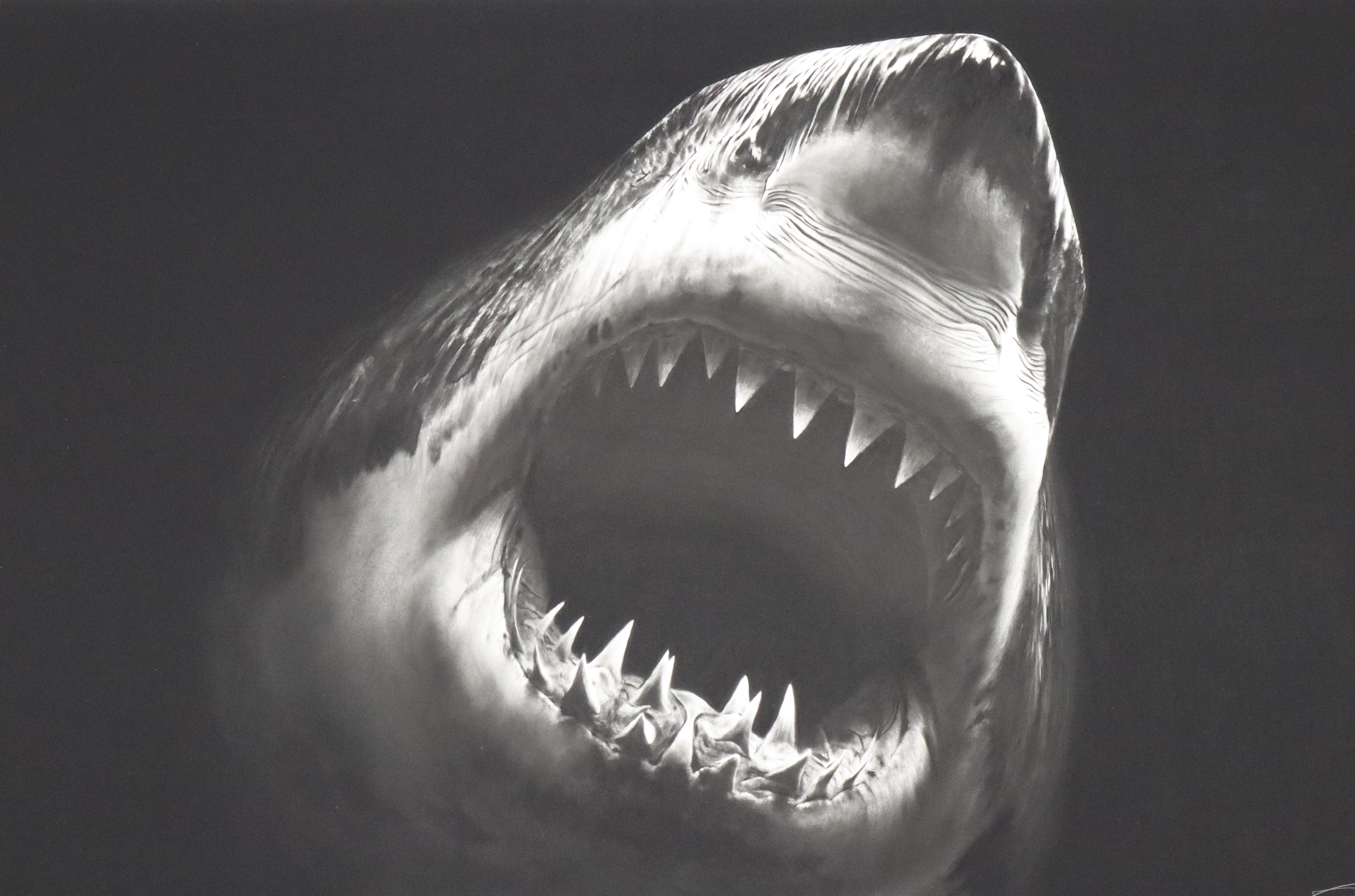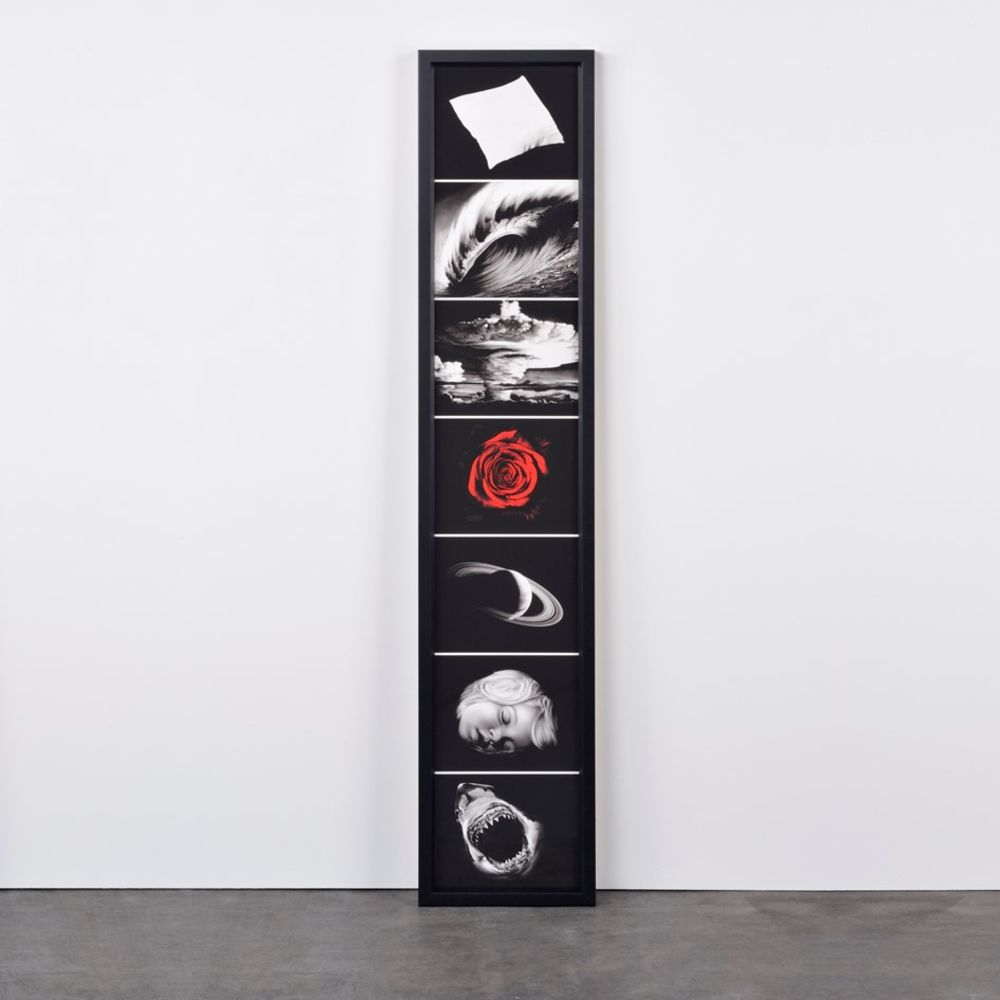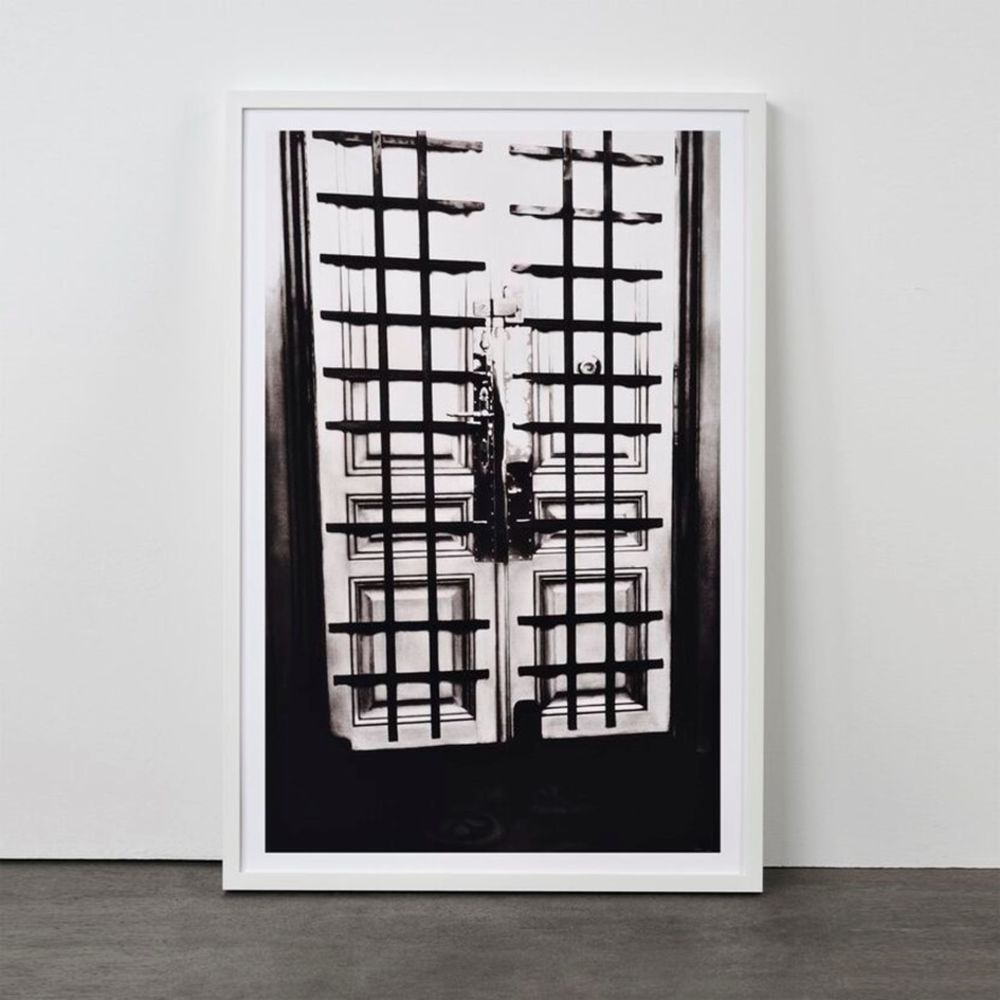Robert Longo
Robert Longo (b. 1953, Brooklyn, NY) is a leading American artist known for his monumental, hyperrealistic charcoal drawings that grapple with power, perception, and the emotional weight of images. Working across drawing, sculpture, photography, performance, and film, Longo explores the visual language of mass media and the symbolic construction of authority, violence, and beauty in contemporary culture.
Longo rose to prominence in the late 1970s as part of the Pictures Generation, alongside peers such as Cindy Sherman and Richard Prince. His early Men in the Cities series (1981) became iconic for their stark, cinematic portrayal of sharply dressed figures in mid-motion, signaling his deep engagement with gesture, drama, and media aesthetics.
Inspired by events like the Kent State shootings, political unrest, and image saturation in contemporary life, Longo draws from newspapers, film stills, X-rays, and historical artworks to build compelling visual narratives. His subjects range from riot police and migrants to nebulae, shark attacks, and roses in bloom—what he calls “absolutes.” He reinterprets canonical works by artists such as Picasso, Van Gogh, and the Abstract Expressionists, and his Forensic Distance and Gang of Cosmos series reflect on the weight of art history in the present moment.
Longo’s mastery of charcoal enables him to slow down the image, transforming fleeting media snapshots into meditative, visceral encounters. His recent bodies of work, including The Destroyer Cycle and A History of the Present, reflect on sociopolitical crises, climate change, and freedom of expression, challenging viewers to confront the world through a heightened visual consciousness.
Longo lives and works in New York. His work is held in major international collections, and recent solo exhibitions include the Milwaukee Art Museum (2024–25) and a traveling retrospective at the Albertina Museum, Vienna and the Louisiana Museum of Modern Art, Denmark (2025).
“ As an artist, we’re reporters. Our job is to report what it’s like to be alive now. We’re one of the few professions left in the world that has the opportunity to try to tell the truth. „


